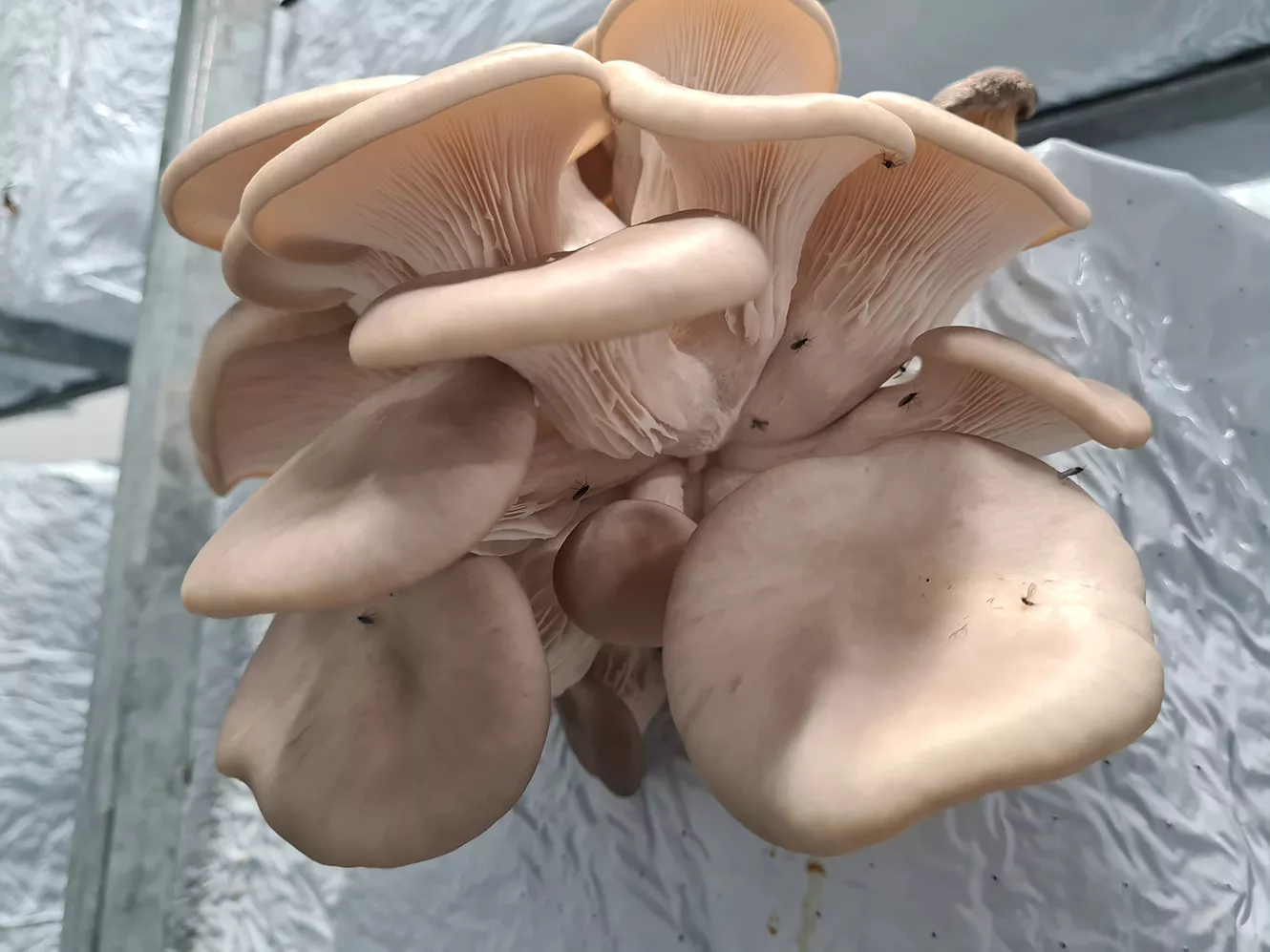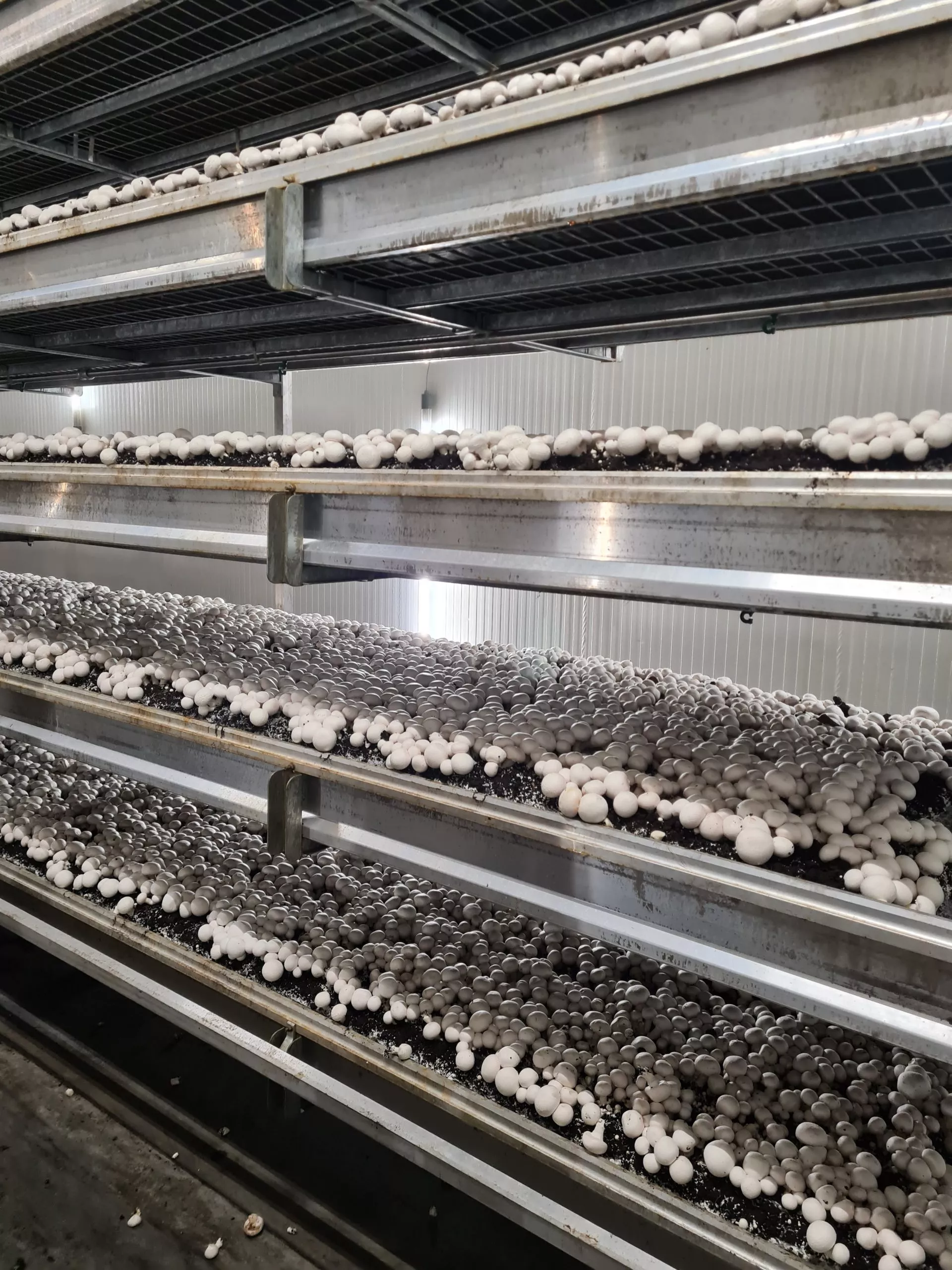The Plant Protection Institute of the ELKH Centre for Agricultural Research is studying organisms that damage plants, as well as, in some cases, the possibilities of protecting against arthropod pests that affect domestic animals, farm animals, food stocks and cultivated fungi. Mushroom growing is an important and specialized area of food production where pests can cause problems that are as serious as those affecting crop production.

Dark-winged fungus gnats are cosmopolitan insects that are present almost everywhere in the world. When we overwater our indoor plants, these insects usually appear in the soil. They are not considered significant pests for agriculture, but they can cause significant damage during the production of propagating material (seedlings, cuttings and plants). As the larvae of dark-winged fungus gnats damage the hair roots of young plants, proper water uptake cannot be ensured for these plants, resulting in wilting and death. Furthermore, the larvae are also known to be vectors for many soil-dwelling pathogens, such as Pythium fungal species.
Dark-winged fungus gnats cause significant damage in mushroom production as these insects are considered to be the most dangerous pests in the world in this special form of cultivation. Dark-winged fungus gnats – or, as producers often call them, mushroom mosquitoes – can appear in any mushroom culture and, due to their rapid development cycles, are able to multiply in huge numbers in a short period of time. Both larvae and adults represent a serious problem. The larva is responsible for exhausting the compost of the fungus, damaging the mycelium and the developing spore-producing tissues, while the adult is involved in the spread various pathogenic organisms. As the number of pesticides authorized for domestic mushroom production is small and the introduction of insecticides with a new mechanism of action cannot be expected, the development of alternative control methods will play an increasingly important role in future.
In their research, the staff of the Plant Protection Institute of the ELKH Centre for Agricultural Research performed electrophysiological and behavioral studies with the fungal species Lycoriella ingenua, which occurs in fungal cultivation. Their research examined the preference of female fungus gnats for various agricultural raw materials, such as different compost phases and cover soil samples. Based on their results, they concluded that fungus gnats prefer cultivation stocks not yet colonized by fungal mycelium and avoided the mycelium of the meadow mushroom. Volatile compounds already present in mycelial media that are physiologically active for fungus gnats were then determined by volatile detector gas chromatography. By adding a synthetic blend of active ingredients to the non-colonized compost, the researchers successfully mimicked the odor pattern of the colonized compost, thus confusing the selection mechanism of fungus gnats.
Based on their research, ELKH ATK's staff assume that L. ingenua females avoid media highly colonized with mycelium and, if they can, choose an alternative. On the other hand, meadow mushroom mycelium is unlikely to be repellent to females, and preference may instead depend on the amount of mycelium in the medium, which is a competitor for larvae.

Sándor Kecskeméti, Magdolna Olívia Szelényi, Anna Laura Erdei, András Geösel, József Fail & Béla Péter Molnár (2020): Fungal Volatiles as Olfactory Cues for Female Fungus Gnat, Lycoriella ingenua in the Avoidance of Mycelia Colonized Compost. Journal of Chemical Ecology, 46, 917–926. https://doi.org/10.1007/s10886-020-01210-5